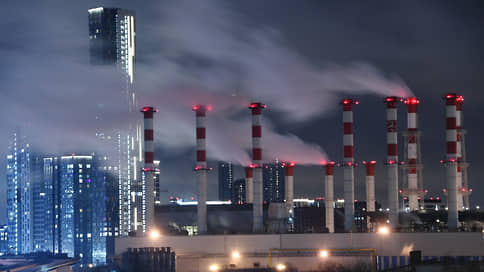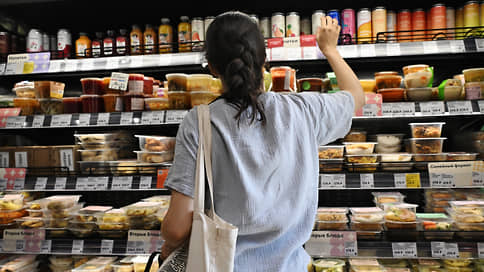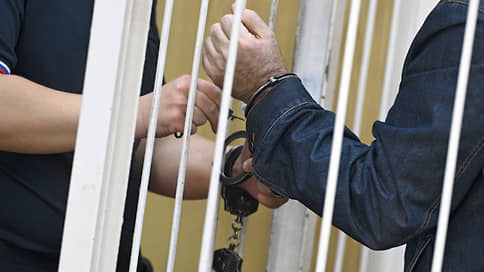How much will the industry pay for electricity and heat due to the rise in gas

The gas price indexation discussed by the Government of the Russian Federation by 10% twice a year for industrial consumers can raise electricity prices to 3% per year, to heat up to 1.2% per year, the Ministry of Energy awaits. According to analysts, this will lead to an increase in electricity payments by an average of 40–45 billion rubles, but for the heat market the consequences may turn out to be more severe. At the same time, power engineers expect a much more intense price increase than the Ministry of Energy predicts, and industrial consumers urge to pay attention to the potential for optimizing costs and increasing Gazprom’s efficiency.
According to preliminary estimates of the Ministry of Energy, the introduction of seasonal gas coefficients in the amount of 1.1 will increase the annual prices of the electric power market by 2.8-3%, in the heat market – up to 1.2%. The ministry presented these calculations at a meeting with the deputy head of the Ministry of Energy Pavel Sorokin on June 4, say “Kommersant” sources familiar with its results.
Apply to regulated wholesale prices for gas supplied in the first and fourth quarters, increasing the seasonal coefficient of 1.1 proposed by Gazprom. Now the issue is considered in the government. The order to work out a proposal received from the President of the Russian Federation Vladimir Putin at the end of January.
Since July 2025, regulated gas prices for all categories of consumers will increase by 10.3%, and for electric power companies and housing and communal services will increase by 11% (the price did not change in the previous indexation). That is, taking into account the general increase, the price for the latter will increase by 21.3%immediately.
Gazprom insists that the seasonal coefficient to the price of gas must be introduced for all consumers except the population. According to Kommersant’s interlocutors, this position is supported by the Ministry of Energy. The purpose of the initiative is to compensate for falling income from the loss of European exports and compensate for the costs of maintaining underground gas storage facilities (PHG), Kommersant’s interlocutors say. The head of the FAS Maxim Shaskolsky said on June 10 that an assessment of the impact of changes in tariffs on the cost of electricity, the cost of gas for consumers. “There is no accurate figure there. They may have been 10%each, but this does not mean that there will be 10%, ”Interfax quoted him.
In market conditions, the seasonality of gas demand, as a rule, finds expression in the price of the winter-summer, and the differential between high gas prices in winter and low summer becomes a financial incentive and the economic basis for the PHGS business, Vitaly Yermakov from the higher school of the economy. “But in the Russian Federation, market mechanisms in the gas industry work in a limited volume. Gazprom sells gas to consumers at adjustable prices fixed for the year, private PHG in Russia are absent. Previously, super -profits from exports allowed the company to subsidize the domestic market with its many distortions, now the gas business of the group hardly makes ends meet, ”he says.
In the Ministry of Energy, Gazprom and FAS “Kommersant” did not answer. The “Market Council” (energy market regulator) said that they had not yet assessed the influence of Gazprom’s proposals on the energy market.
Industrial enterprises and power engineers buying fuel for TPPs expect that the load on business will grow above the forecast of the Ministry of Energy.
The Council of Energy Manufacturers (SPE, unites generating companies) note that in the fourth and first quarters of the year the energy and housing and communal services enterprises consume more than 60% of the annual volume of fuel. SPE is now conducting model calculations of the influence of the coefficients. According to preliminary estimates of SPE, an additional increase in gas value in the period from October to the end of March will require decisions on the growth of tariffs for thermal energy for the final consumer from July 1, 2026 additional (compared with the forecast of the Ministry of Economy) by an average of 20% depending on regional specifics and fuel share in the structure of fuel. In addition, a proportional coefficient of 1.1 rising prices for electricity prices in the market for a day in advance (RSV) in the first price zone (European part of the Russian Federation) is possible.
The “Energy Consumer Community” (unites large industry) believe that the potential for optimizing costs and increasing the internal efficiency of Gazprom is far from exhaustion. “The approach of domestic gas prices to foreign, coupled with the growth of other business costs, including tax increases, deprives the Russian industry of competitive advantages, and energy -intensive enterprises can put profitability,” the association said.
According to the director of the Center for Research in the Electric power industry of the Higher School of Economics, Sergey Sasima, the increase in the price of the electric power market by 2.8-3% is equivalent to an increase in consumer payments by an average of 40–45 billion rubles. annually. Such an increase in expenses, according to his estimates, will not become dramatic for the development of the economy. But, the expert recalls, in all sectors, electricity costs grow at a lower pace than other costs. “The increase in gas prices will enhance the competition in the electricity market, creating the conditions for increasing marginal work in the RSV market to the most effective stations,” he believes. Things are worse in the communal sector. “In the context of the rigid undergoing and unprofitability of communal enterprises, an increase in fuel costs and electricity costs can lead to a reduction in resources for repair and updating fixed assets, which is fraught with serious accidents in the heating period,” the expert warns.





/s3/static.nrc.nl/images/gn4/stripped/data133810079-22c32c.jpg|https://images.nrc.nl/Ri6XOVlJ66L5de1EbBNxhnUxtvg=/1920x/filters:no_upscale()/s3/static.nrc.nl/images/gn4/stripped/data133810079-22c32c.jpg|https://images.nrc.nl/F9AncUBAiXwtzERnH-RAGI2d9Yg=/5760x/filters:no_upscale()/s3/static.nrc.nl/images/gn4/stripped/data133810079-22c32c.jpg)
